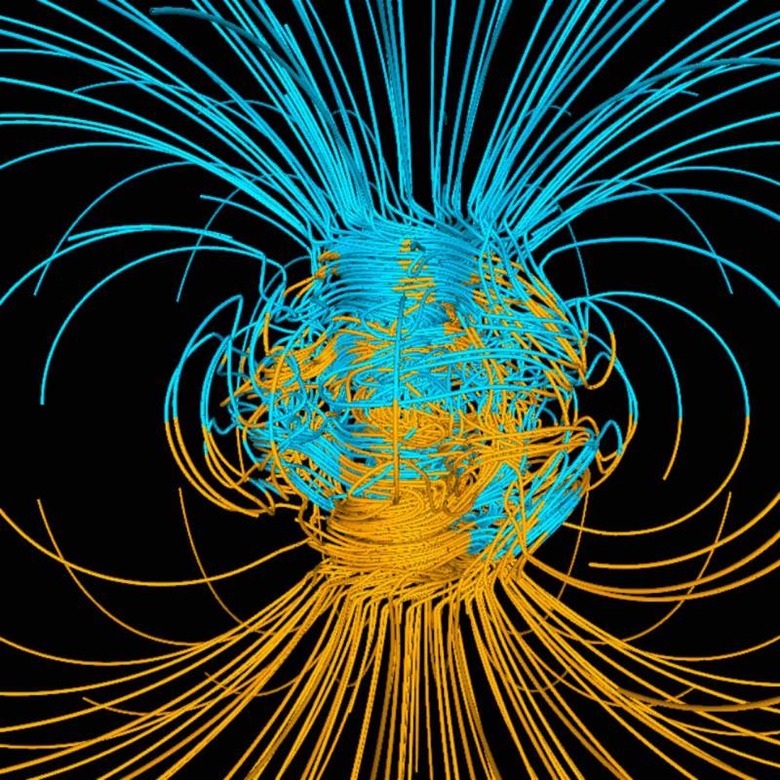Scientists Improve The Age Estimation Of The Earth's Solid Inner Core
Researchers from the University of Texas have created conditions similar to the earth's center inside a laboratory chamber. Their creation has allowed them to improve the estimate of the age of the Earth's solid inner core. Using the new experiment, scientists have put the solid inner core's age at 1 billion to 1.3 billion years old.The new results place the age of the earth's core on the younger end of an age spectrum that usually runs from about 1.3 billion to 4.5 billion years. However, the new findings are significantly older than another recent estimate putting the earth's core age at 565 million years.
The experiment also helps shed light on how the core conducts heat and how the energy sources that power the Earth's magnetic field operate. The Earth's magnetic field is critical for life on earth by protecting the planet from cosmic rays. The Earth's geodynamo is something that scientists around the world are curious about because it contributes to the planet's habitability.

The core of the planet is made mostly of iron, with the inner core being solid and the outer core being liquid. Determining the effectiveness of the core's thermal conductivity is key to determining a number of other attributes, including when it formed. The researcher's latest work helps solve a paradox in science that says the core would have had to reach unrealistically high temperatures to maintain the Geo Dynamo for billions of years before the formation of the inner core.
The new research finds a solution that keeps the temperature of the core within realistic parameters but making that determination relied on directly measuring the conductivity of iron under core-like conditions with pressure greater than 1 million atmospheres and temperatures rivaling those found on the surface of the sun. Such high pressure and temperature was achieved by squeezing laser-heated samples of iron between two diamond anvils. Scientists say it took two years to get suitable results. The new results suggest that measured conductivity is between 30 and 50 percent less than the conductivity of the young core estimate suggesting two different energy sources and mechanisms maintained the geodynamo.
